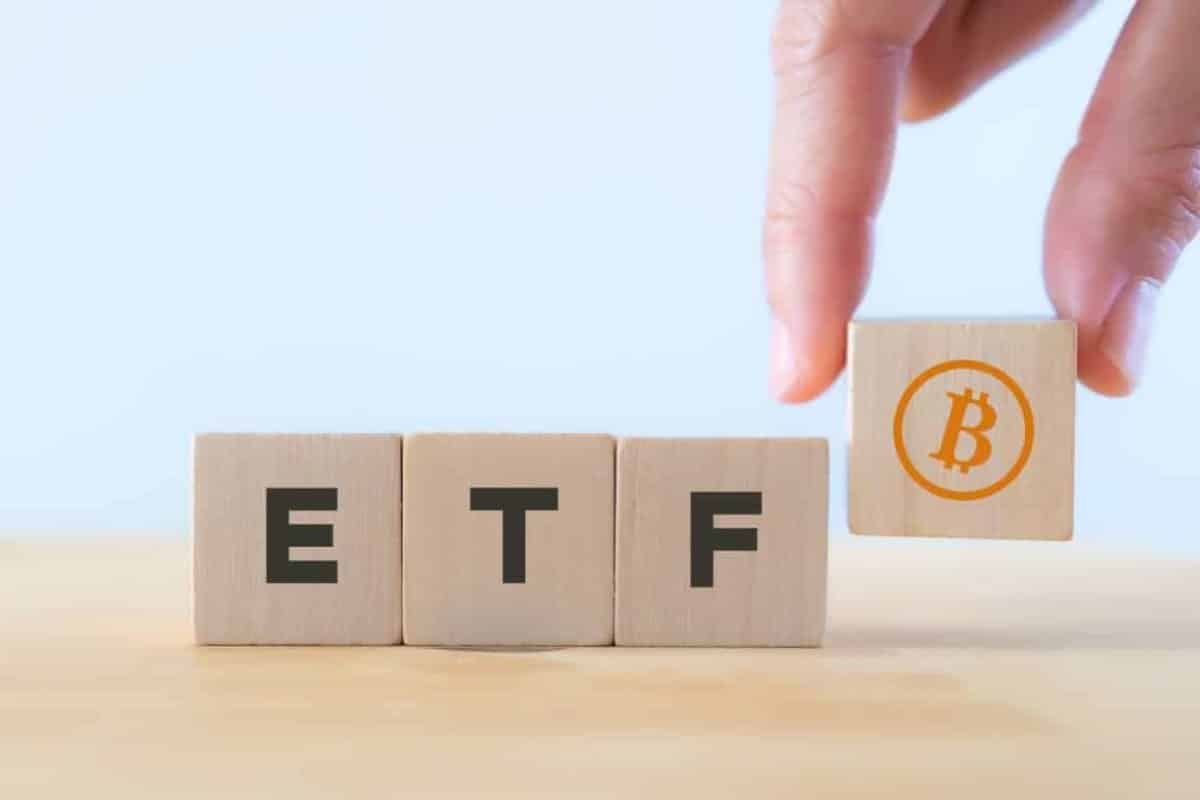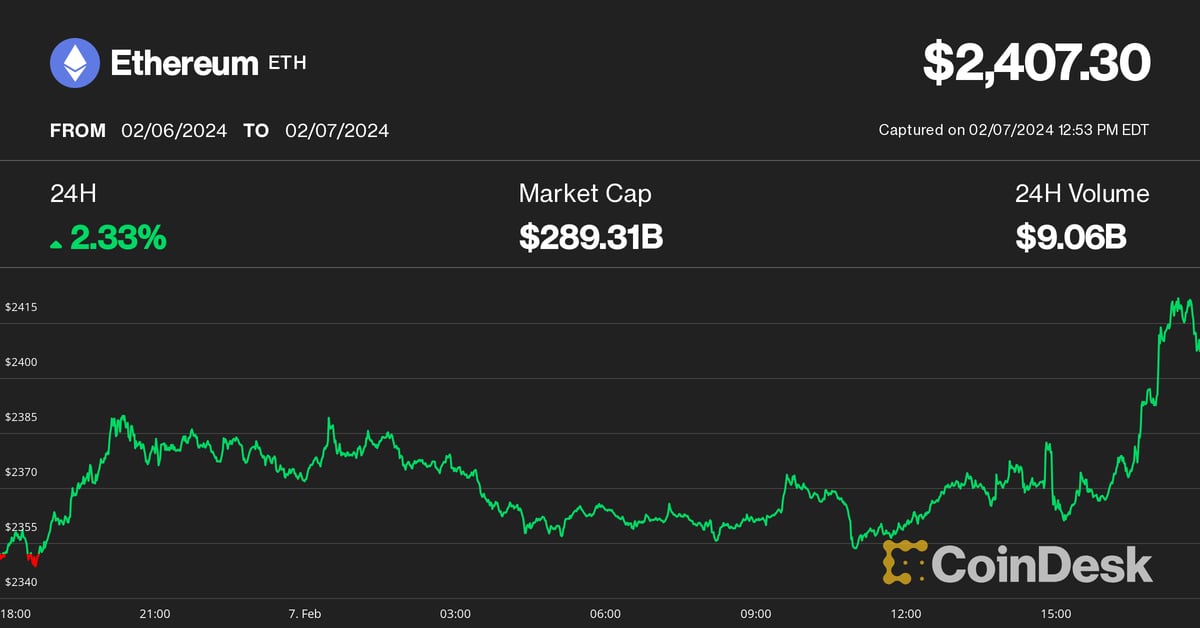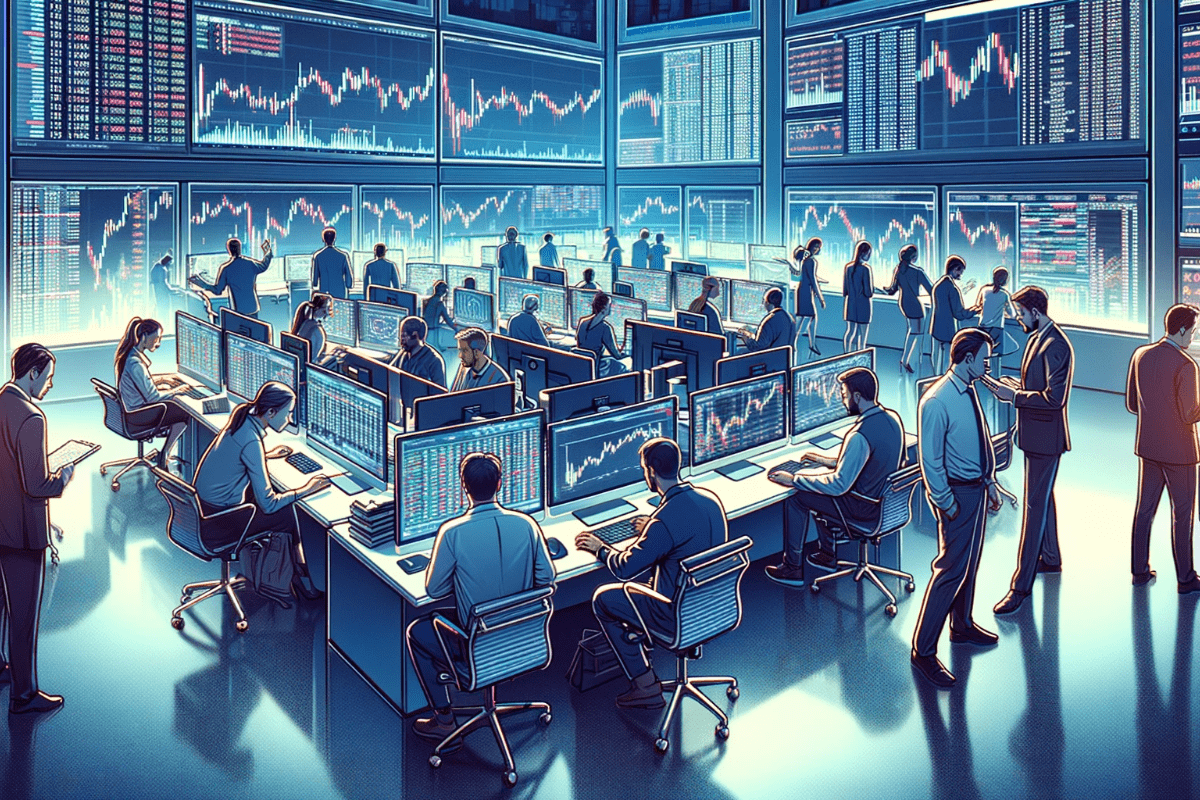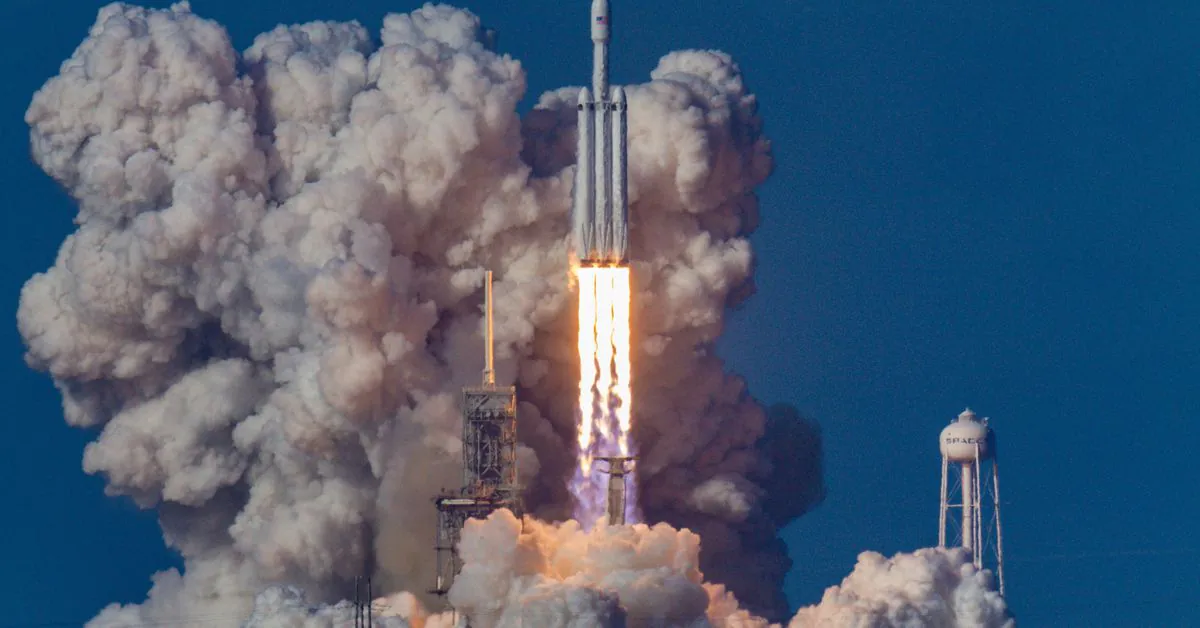Render Network Moves to Solana, a Look at the Token Swap Method and Distribution Mechanism of the New Token RENDER
Render Network Relocates to Solana A Breakdown of the Token Swap Process and Distribution Model for the New RENDER TokenCompiled by: Felix, LianGuaiNews
On November 2nd, Render Foundation announced that the decentralized computing network Render Network has successfully upgraded its core infrastructure from Ethereum to Solana. RNDR token holders can migrate their tokens from the Ethereum blockchain to the Solana blockchain.
After upgrading from Ethereum to Solana, Render Network plans to launch a new token called “RENDER”. This is a new network token based on SPL (Solana blockchain’s token standard). The RENDER token will introduce the BME token model (Burn-Mint-Equilibrium model, where end users need to burn the protocol’s native token to access services). The upgrade will also include other features such as new computing client functionality. This upgrade is expected to take place in the next few weeks.
Below are the upgrade process from RNDR to RENDER token, the BME model, and the related releases and reward structure on Render Network.
- SOL’s skyrocketing suggests ecological prosperity? Analysis of Solana’s market and ecological development
- Financing Weekly Report 11 Public Financing Events; Cryptocurrency Technology Company Toposware Completes $5 Million Financing, Co-founded by Polygon.
- How does SBF defend himself and what other variables are there in the follow-up?
Token Upgrade
Holders can use the upgrade assistant on Upgrade.rendernetwork.com to upgrade from RNDR token to RENDER token. The upgrade assistant is now live, and after approval from RNP-006, the community will officially approve and adopt the release and upgrade of RENDER token. Token holders can upgrade RNDR to RENDER anytime. The Render Network upgrade assistant uses the Wormhole cross-chain messaging protocol (Wormhole is a cross-chain messaging platform connecting over 30 blockchains, supporting use cases such as DeFi, NFT, governance, and oracle) to facilitate asset transfer between Ethereum and Solana, ensuring a secure and trustless upgrade process.
To expedite the completion of the upgrade, Render Foundation has allocated 1.14 million RNDR grants in the first year to subsidize the Ethereum user transfer fees related to the upgrade. The upgrade assistant has a planned duration of three months and will cover the gas fees for one transfer per Render wallet. After three months, RNDR holders will have to pay their own gas fees to migrate RNDR tokens to the Solana blockchain. RNDR tokens will still be operational in the medium term, with a relative total supply and liquidity exceeding RENDER.
It is not possible to directly upgrade Polygon tokens to Solana; the tokens must be bridged back to the Ethereum mainnet before transferring. Render Foundation will not cover the cost of bridging Polygon to Ethereum.
All work (3D and AI) on Render Network will be paid in RENDER tokens. RNDR points can be upgraded to RENDER. Render points will soon be devalued and replaced with new points in the BME model.
In addition, releases on the network will be in the form of RENDER tokens. RENDER paid by users (artists) and computing clients (or their third-party providers) to the network will be burned after deducting a 5% transaction fee. During the transition period, users (artists) and computing clients will continue to pay the network in RNDR instead of RENDER, and that RNDR will also be burned by the network.
Rewards
Token holders who upgrade to RENDER tokens will be grouped incrementally. Future protocol earnings and rewards will be graded based on these groups.
Total Upgraded Token Amount:

For each RNDR token upgraded at a given time, specific points will be allocated to the address holder. Tokens migrated after the 230 millionth token (inclusive) will not receive any points allocation. Every month, RENDER tokens will be proportionally distributed, based on the proportion of points allocated to the wallet to the total points allocated so far.
For example: if 10 million RNDR tokens are upgraded in the first month, the wallet holder with 100,000 RENDER tokens will receive 100,000 x 5 points = 500,000 points. 500,000 points divided by 50 million total points x 95,071 RENDER = 950.71 RENDER. 950.71 tokens represent the amount of RENDER that address will receive at the end of the first month. In the subsequent months, as more RNDR tokens are upgraded, the total points allocated will be higher, and the proportion received by this wallet will be smaller, continuing for 12 months.
Initial Allocation after Release
The BME model will go live in the next few weeks, and once the BME model is deployed, the initial allocation after release is as follows:

1. A total of 9,126,804 RENDER tokens will be minted on the network, representing the full release amount for the first year mentioned in RNP-001.
2. This is equivalent to 760,567 RENDER tokens per month. According to proposal RNP-003, 50% (380,284 RENDER) goes to the network, and 50% goes to the Render Foundation.
3. Node operators receive 50% (190,142 RENDER tokens) of the monthly network release amount.
4. In the first 3 months, the remaining 190,142 tokens from the monthly network release will be allocated to the liquidity rewards pool. After that, for the next 6 months, this portion will be split, with 50% (95,071 RENDER) allocated to the liquidity rewards pool, and 50% (95,071 RENDER) allocated to the user (artist) rewards pool. After that (9 months after BME deployment), all remaining release amount (190,142 RENDER tokens) will be distributed to the user (artist) rewards pool.
5. In the first year, a maximum of 1.14 million RENDER tokens (25% of the foundation’s first-year release amount) will be allocated for incentive computing clients. The Render Network Foundation commits to distributing 300,000 out of the 1.14 million RENDER tokens before December 31st, to incentivize new GPU node operators to join the computing client.
6. In addition, a maximum of 1.14 million RENDER tokens (25% of the first-year release of the foundation) will be allocated for incentive rewards.
Steps
Here are the steps to correctly use the tool and upgrade RNDR to RENDER:
First, visit Upgrade.rendernetwork.com. It is recommended to enter the URL in your browser to verify that you are on the correct page.

You should see this exact page. If not, manually re-enter the URL or contact the network team.
Click the “Connect Your Ethereum Wallet” button under “Connect”.

If you have an ETH wallet other than Metamask, choose “Metamask” or “WalletConnect”:

If using desktop connection, select the “Desktop” tab and click on “Connect using Metamask extension”.

A Metamask window should appear. Select the account that contains your RNDR and click “Next”.

On the next page, click “Connect”.

Then, your wallet should be displayed as connected under the Step 1 tab.

Under “Connect Solana Wallet”, select your wallet.
- Select your wallet option from Phantom, Solflare, and Torus. If you have wallet plugins installed on your browser, one of these wallet options should be detected.
- A window should appear showing your chosen wallet (in this example, using Phantom). Select “Connect”.

After connecting two wallets, enter the amount of ETH-RNDR to be transferred to SOL-RENDER, then click “Transfer”.

Two transactions will appear on Metamask. The first is the transaction that allows token transfer, and the second is the token transfer itself.
A Metamask window should appear displaying the total amount of tokens being transferred and the estimated gas fee for the transaction. Check these details and if they are correct, click “Confirm”.
The transaction will take approximately 15 minutes, but the time may vary depending on blockchain factors, so it is recommended to monitor your token transfer using network browsers like Etherscan.
Source: Render Network
Related reading: Why Render Network moved to Solana and built a minting and burning model
We will continue to update Blocking; if you have any questions or suggestions, please contact us!
Was this article helpful?
93 out of 132 found this helpful
Related articles
- Cryptocurrency Market Weekly Review (10.28-11.03) Cryptocurrency Market Outperforms US Stocks, Solana’s Popularity Exceeds Expectations.
- Why is selling risk the good business model?
- SATS increased by 250% in two days, what happened in the BRC-20 market?
- One year after the FTX crash, have the once badly affected market makers in the crypto world recovered?
- Quick Look at Modulus Building on-chain Artificial Intelligence using ZKML.
- LianGuai Observation | MEME, TOKEN, GAS and other token names are becoming popular, project teams are eyeing exclusive terms in the cryptocurrency industry.
- From Gold Bars to Crypto Stars A Journey into the Evolution of Retirement Assets and the Meteoric Rise of Bitcoin IRAs






